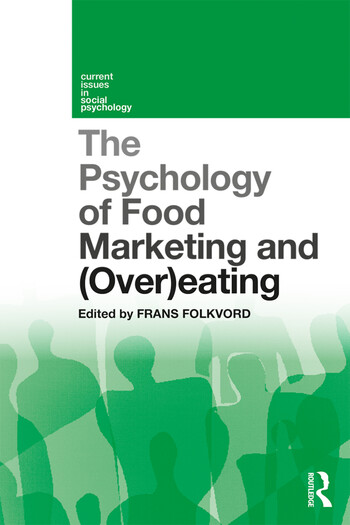Plant Protein Market Blossoms
Growing market for plant proteins pushes some Americans away from animal-based proteins

“Where’s the beef?” Frankly, more and more consumers are discovering they don’t need beef, poultry, pork, or seafood when it comes to meeting their protein needs. The thriving and growing market for plant proteins has given Americans the push to become less reliant upon—or in some cases even entirely forgo—animal-based protein sources, according to market research publisher Packaged Facts in the brand-new report, Food Formulation and Ingredient Trends: Plant Proteins.
“Consumer interest in boosting protein intake remains strong headed into 2016 with more attention being paid to the specific types of protein being consumed. The desire for clean labels, ease of digestion, the need or desire to avoid allergens, compatibility with vegetarian and vegan lifestyles and concerns about sustainability among the general population are putting the spotlight on plant proteins. Consumer notions of what constitutes a good protein source are expanding to include a wider variety of plant protein ingredients. Subsequently interest in plant protein ingredients among food manufacturers and foodservice operators is intensifying,” says David Sprinkle, research director, Packaged Facts.
In the United States, the current high level of interest in plant proteins can be attributed to the convergence of several factors among which increased consumer awareness and demand for dietary protein play a key role. Heightened consumer interest in flexitarian, vegetarian and vegan lifestyles is in part a result of a growing list of concerns related to meat production and consumption that includes environmental and economic sustainability, the presence of antibiotic and hormone residues and inhumane treatment of animals. The greater affordability of vegetarian protein options also is not to be overlooked. Concurrently, a growing list of health benefits is being associated with plant-based diets.
Plant protein ingredients are available as fractionated concentrates and isolates including powders used specifically for fortification, and as whole food ingredients inherently high in protein that contribute characterizing flavor, texture and color attributes to food and beverage products. These protein ingredients are now being used in a wide range of food and beverage categories that have in common their association with healthful protein, either implied or stated as a nutrient content claim such as “good source”, “excellent source” or “rich in protein”. On a global basis, alternate protein sources will grow faster than meat and seafood, which currently dominate but will begin to wane in coming decades. Global production increases are expected for protein-rich crops including soy, peas, rice, flax, canola and lupin.
Plant protein purchase or use by all U.S. adults in the past 30 days was highest for nuts and seeds (37%), more than double that of soy protein, and substantially more than whey, vegan protein blends, pea protein and hemp protein. So who is most likely to purchase these plant proteins? Research conducted by Packaged Facts indicates that 37% of consumers ages 25 to 39 are likely to seek out plant proteins, the highest of any age group, followed by 22% of adults under age 25. Similarly, at least 25% of Asian, Hispanic and Black consumers report seeking out vegetarian protein sources, compared to 15% of White Non-Hispanic consumers. In general, men and adults holding advanced college degrees are more inclined to seek out plant protein. Food Formulation and Ingredient Trends: Plant Proteins offers a future-focused, in-depth view of plant protein ingredients and reviews some of today’s most innovative food and beverage product trends in emerging and rejuvenated categories at retail. It also explores current plant protein concepts and menus in foodservice and provides insights into consumer attitudes and behaviors related to protein ingredients in general while focusing specifically on plant proteins.
Learn more about the report.
Looking for a reprint of this article?
From high-res PDFs to custom plaques, order your copy today!









